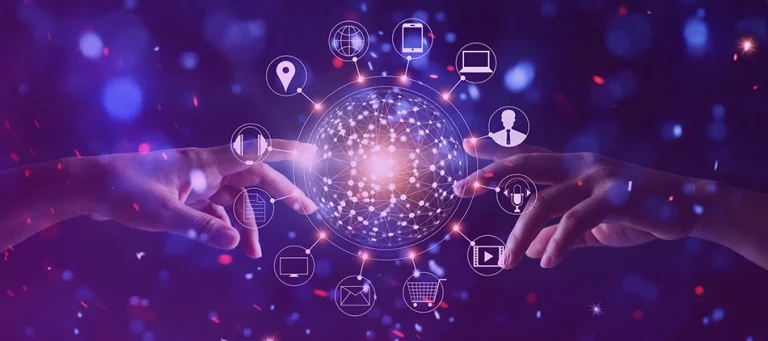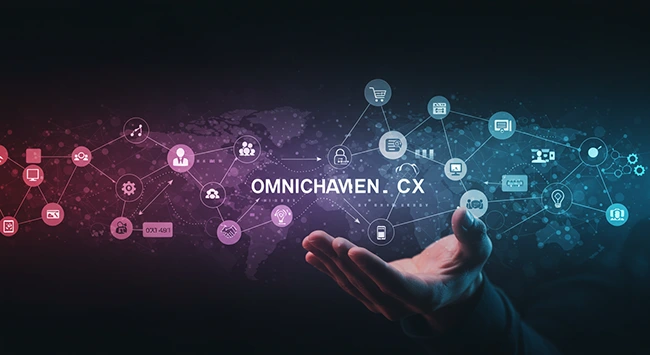The Evolution of Omnichannel CX Strategies

Omnichannel customer experience (CX) strategies aim to deliver seamless, integrated interactions across all touchpoints, meeting customers where they are. As technology advances, businesses are redefining omnichannel support to enhance personalization and efficiency. This article explores the evolution of omnichannel CX, drawing from insights on AI, call intent, and enterprise browsers.
The Promise and Pitfalls of Omnichannel
Shane Devitt from ContactCentrePro Consulting, in “The CX Buzzword Hall of Shame,” critiques the term “omnichannel,” noting that many solutions force customers to repeat themselves across channels, undermining seamlessness. True omnichannel requires data-driven continuity, a challenge Joe O’Brien from Sabio Group addresses in “Decoding Customer Desires.” O’Brien’s call intent analysis ensures consistent experiences by understanding customer needs across phone, chat, and email, reducing frustration.
Patrick Martin from Coveo, in “The Personalization Imperative,” envisions AI-powered omnichannel support fostering two-way conversations within customers’ preferred channels. Xero’s generative answering technology unified its support platform, resolving 96% of queries independently and enhancing cross-channel consistency. Martin’s emphasis on unified data aligns with Devitt’s call for substance over buzzwords.
AI as the Omnichannel Enabler
AI is central to omnichannel evolution. Pablo Sanchez from Atento, in “The Journey to the New World of AI,” describes AI-powered chatbots that integrate with customer-preferred channels, reducing resolution times by 50% in a real estate case study. Their AI Centre of Excellence (CoE) ensured compliance and data security, critical for cross-channel trust. Sanchez’s vision of AI as a front-end concierge aligns with Martin’s omnichannel aspirations.
Michael Wiesblatt from Genesys, in “Are Customers (and Agents) Truly Different?”, notes that 73% of consumers value personalization, achievable through AI tools that provide agents with cross-channel context. This reduces repetition, a common omnichannel pitfall Devitt highlights. Wiesblatt’s research shows that 68-81% of consumers prioritize knowledgeable agents, emphasizing the need for AI to enhance, not replace, human interactions.

Streamlining Workflows with Enterprise Browsers
Chris Albrecht from Here.io, in “Why Contact Centres Must Embrace Enterprise Browsers,” argues that enterprise browsers unify workflows, reducing the “toggle tax” of switching between apps. By consolidating data across channels, these browsers enable agents to maintain context, shortening call times by 80%. This supports omnichannel goals by ensuring agents have a single pane of glass for all interactions, addressing Devitt’s critique of disjointed tools.
The Seattle Times, in “Extra! Extra! Advanced Tech Helps Newspaper!”, integrated Enghouse’s cloud solution to unify IVR, soft phones, and chatbots, improving cross-channel self-service. Their success demonstrates how targeted technology investments can achieve omnichannel consistency, aligning with Albrecht’s vision of future-proofed operations.
Metrics for Omnichannel Success
Manu Parhar from Webex by Cisco, in “11 Most Valuable Metrics,” identifies customer effort score (CES) and net promoter score (NPS) as critical for omnichannel CX. High CES indicates channel-switching hurdles, while NPS measures loyalty, with promoters (scores 9-10) reflecting seamless experiences. Parhar’s analytics dashboards provide real-time insights, enabling businesses to refine omnichannel strategies, as O’Brien’s intent analysis suggests.
Nicholas Clapper from Cloudli, in “How to Deliver Excellent CXs,” emphasizes convenience, a key omnichannel component. Automated callbacks and skills-based routing reduce channel friction, aligning with Parhar’s service level rate (SLR) metric. The Seattle Times’ reduced hold times through Enghouse automation exemplify this, enhancing cross-channel convenience.
Challenges in Omnichannel Implementation
Devitt warns that “seamless” integrations often require extensive IT work, a barrier for SMBs, as Clapper notes. Wiesblatt highlights that current self-service options, like chatbots, are less valued, requiring smarter AI, as Sanchez suggests. Jessica Petrie and Jim Katzman, in “If/When Cuts Hit the Call Centre…,” warn of increased omnichannel demands as government services retract, necessitating robust routing to manage complex inquiries.
The Seattle Times’ vendor partnership mitigated deployment challenges, a model for overcoming IT barriers. Sanchez’s CoE ensured holistic AI adoption, avoiding the piecemeal approaches Devitt critiques. Martin’s unified data strategy addresses cross-channel repetition, ensuring omnichannel CX meets customer expectations.
The Future of Omnichannel CX
Omnichannel CX is evolving toward greater integration and personalization. Martin’s vision of AI-driven two-way conversations and Sanchez’s AI concierges point to a future where channels are fluid. Albrecht’s enterprise browsers and Parhar’s metrics ensure operational efficiency, while Clapper’s streamlined solutions make omnichannel accessible for SMBs. By addressing implementation challenges and leveraging AI, businesses can deliver seamless CX that drives loyalty and growth.

